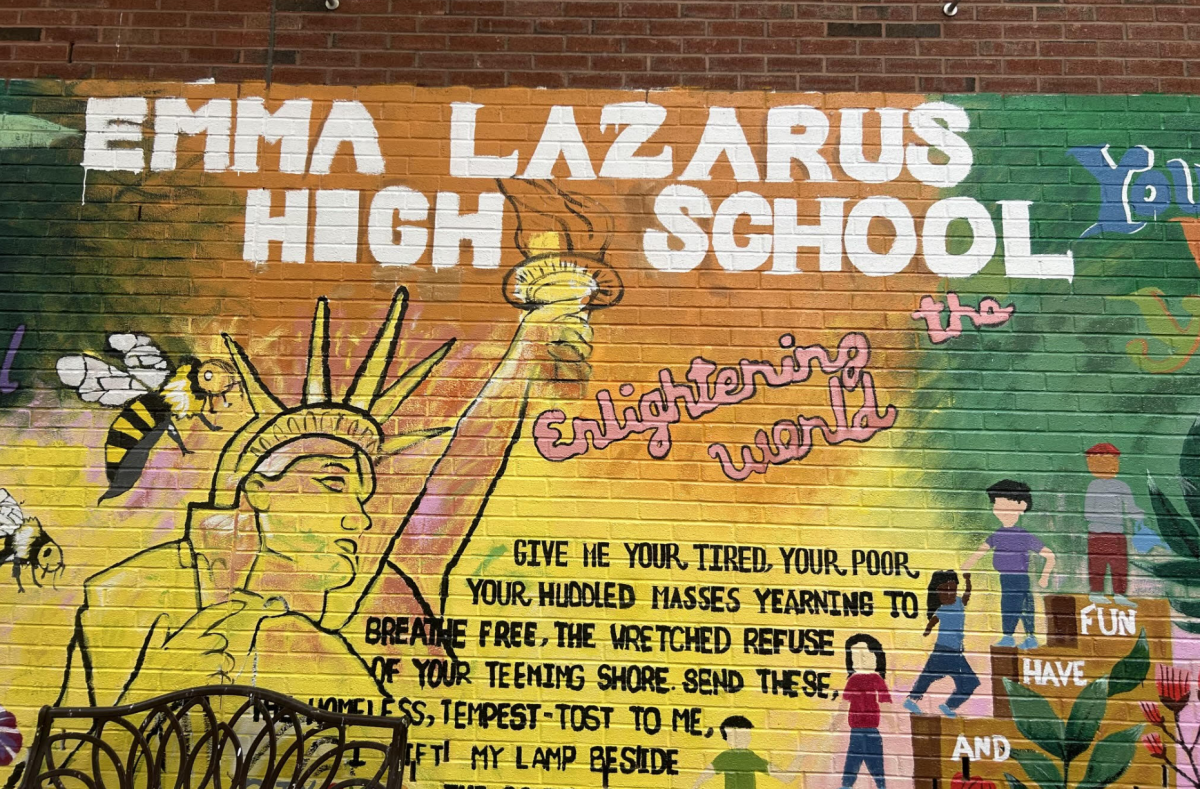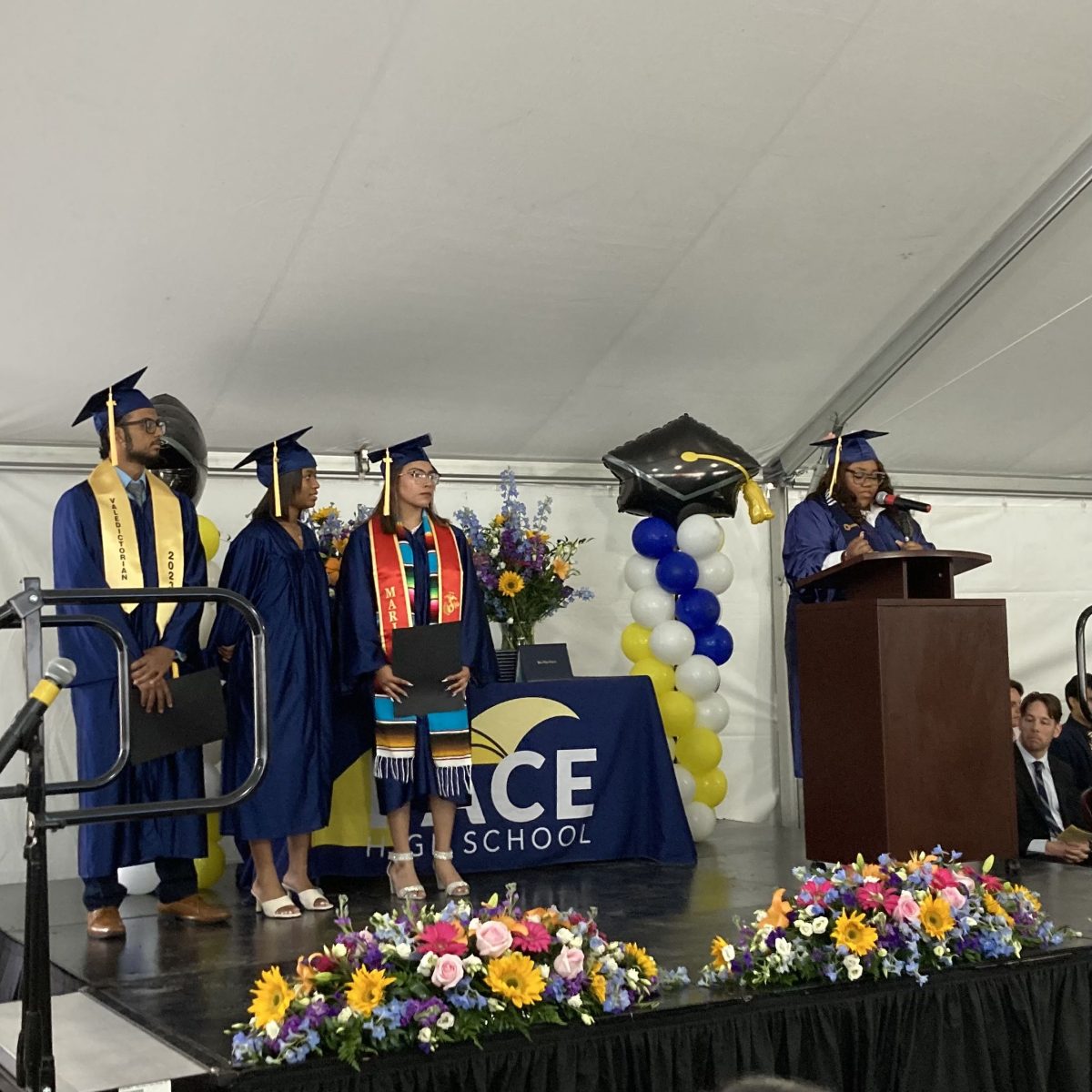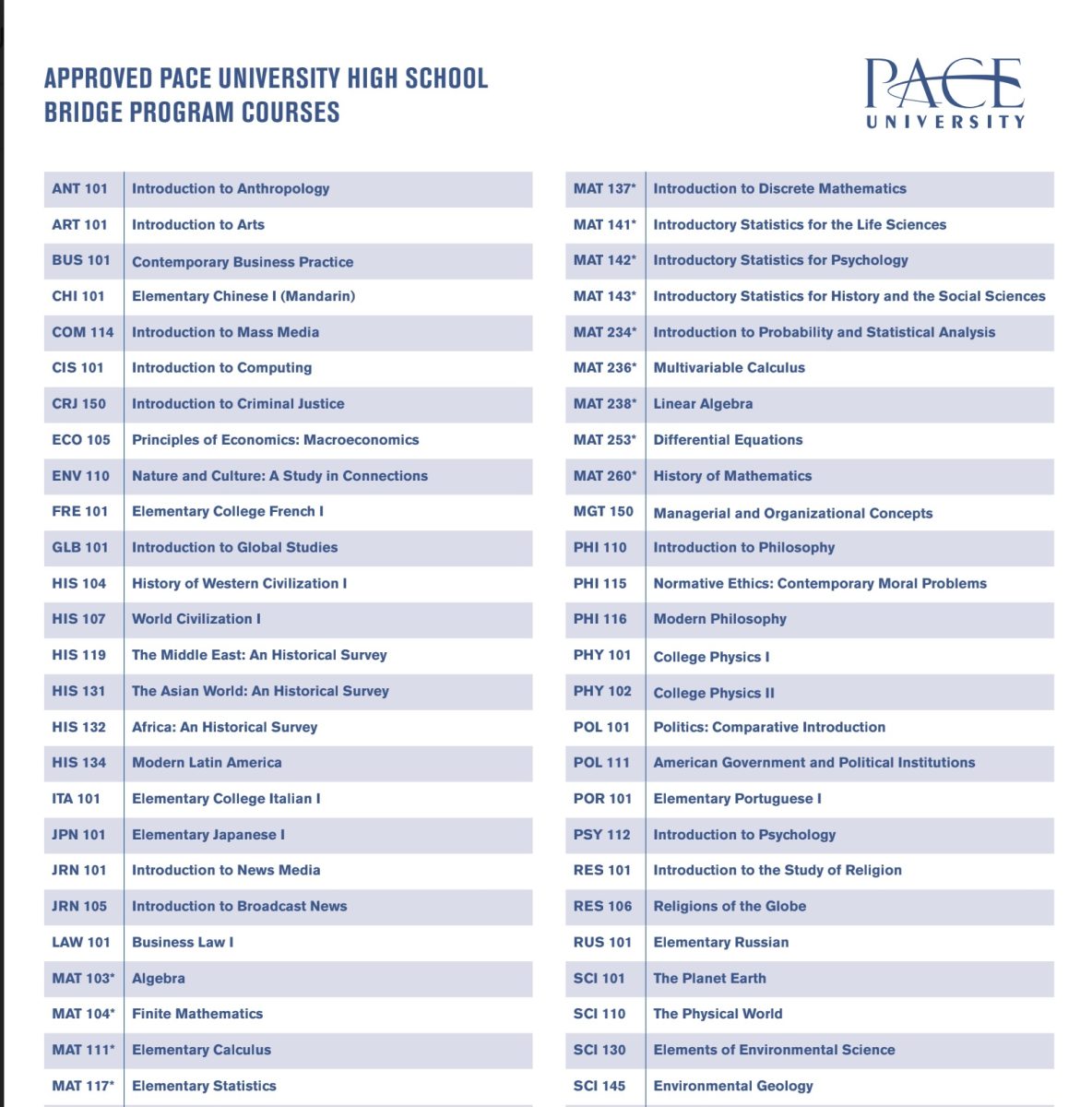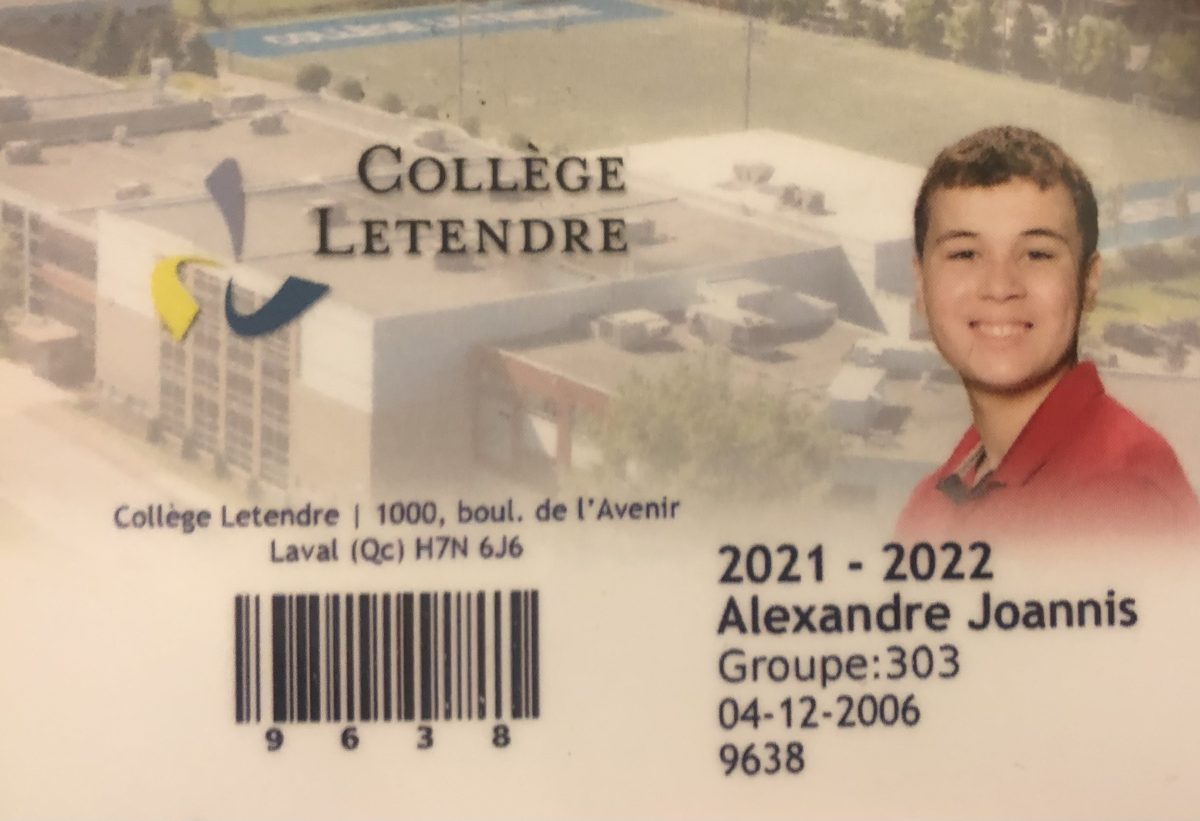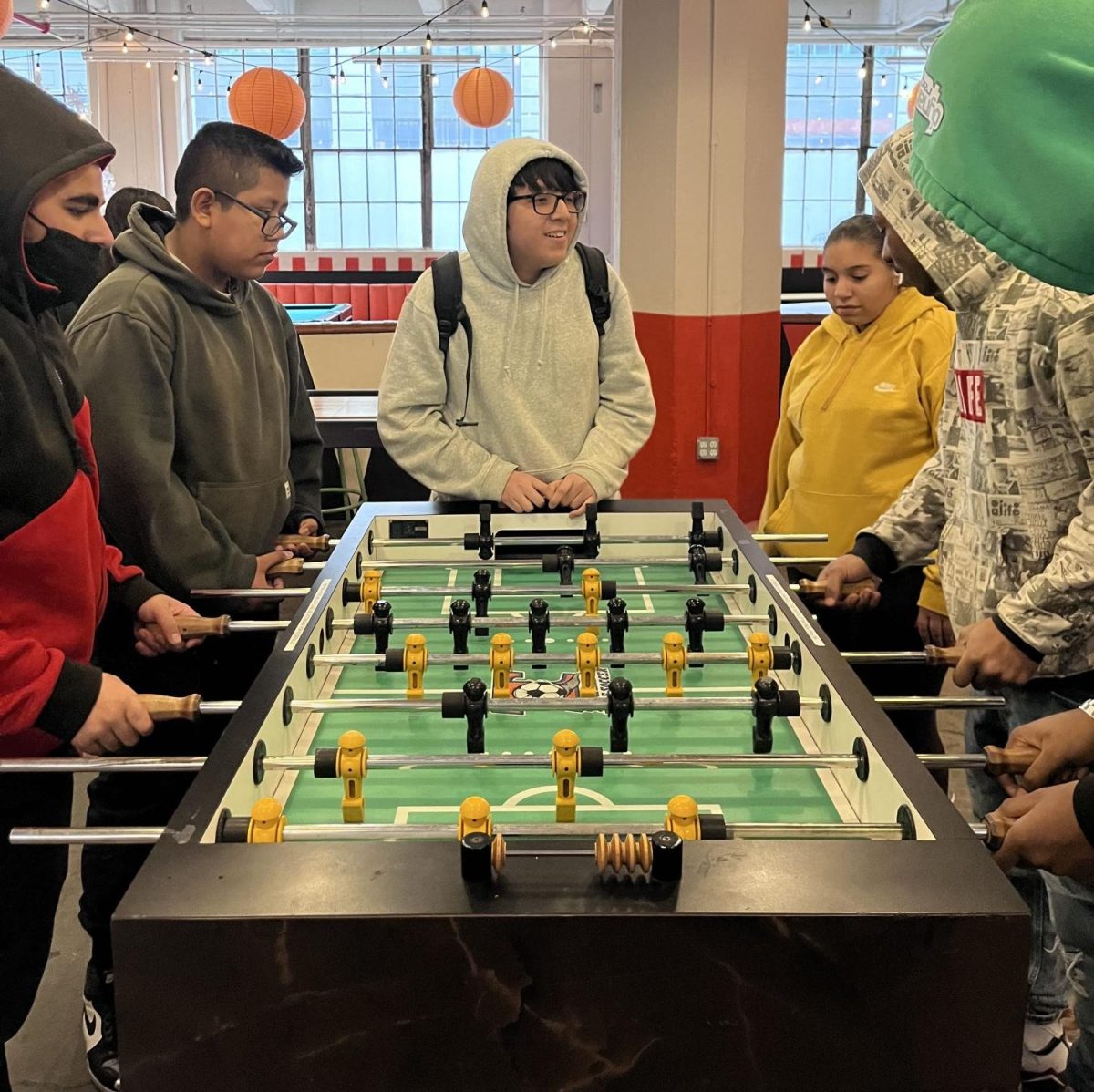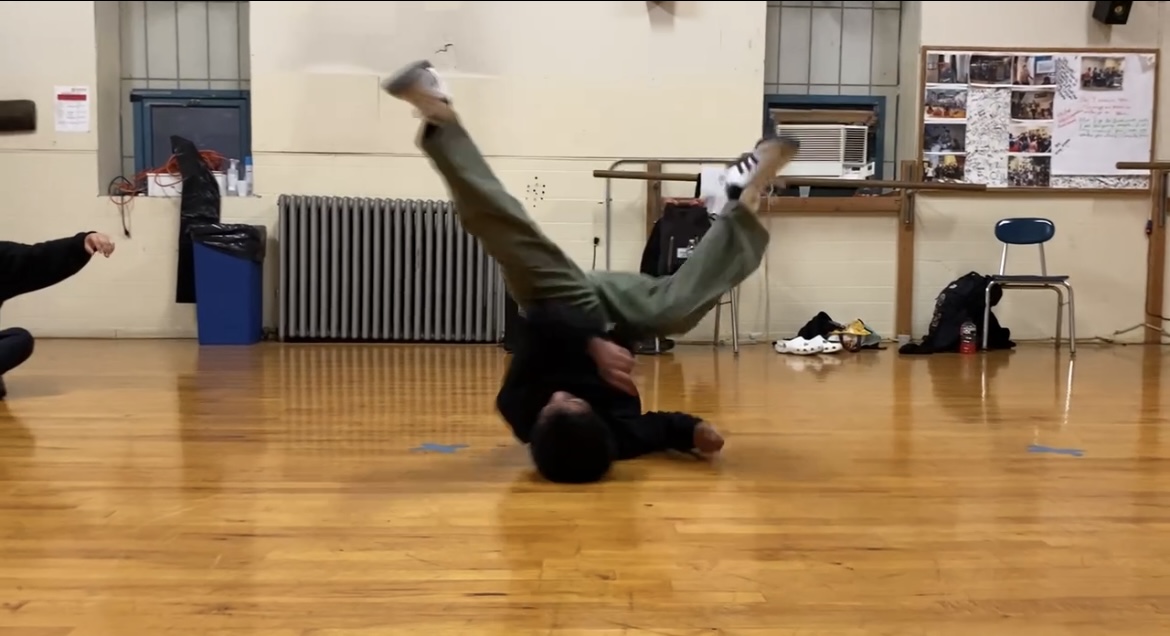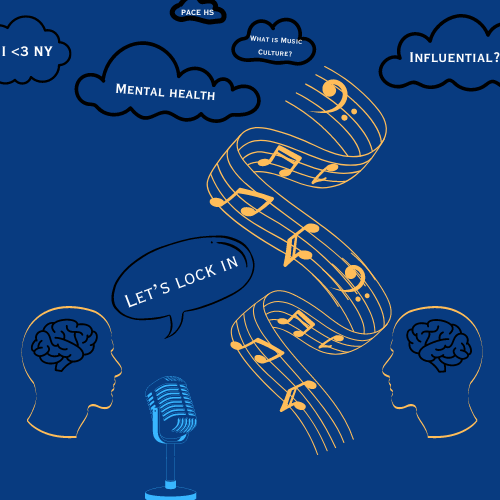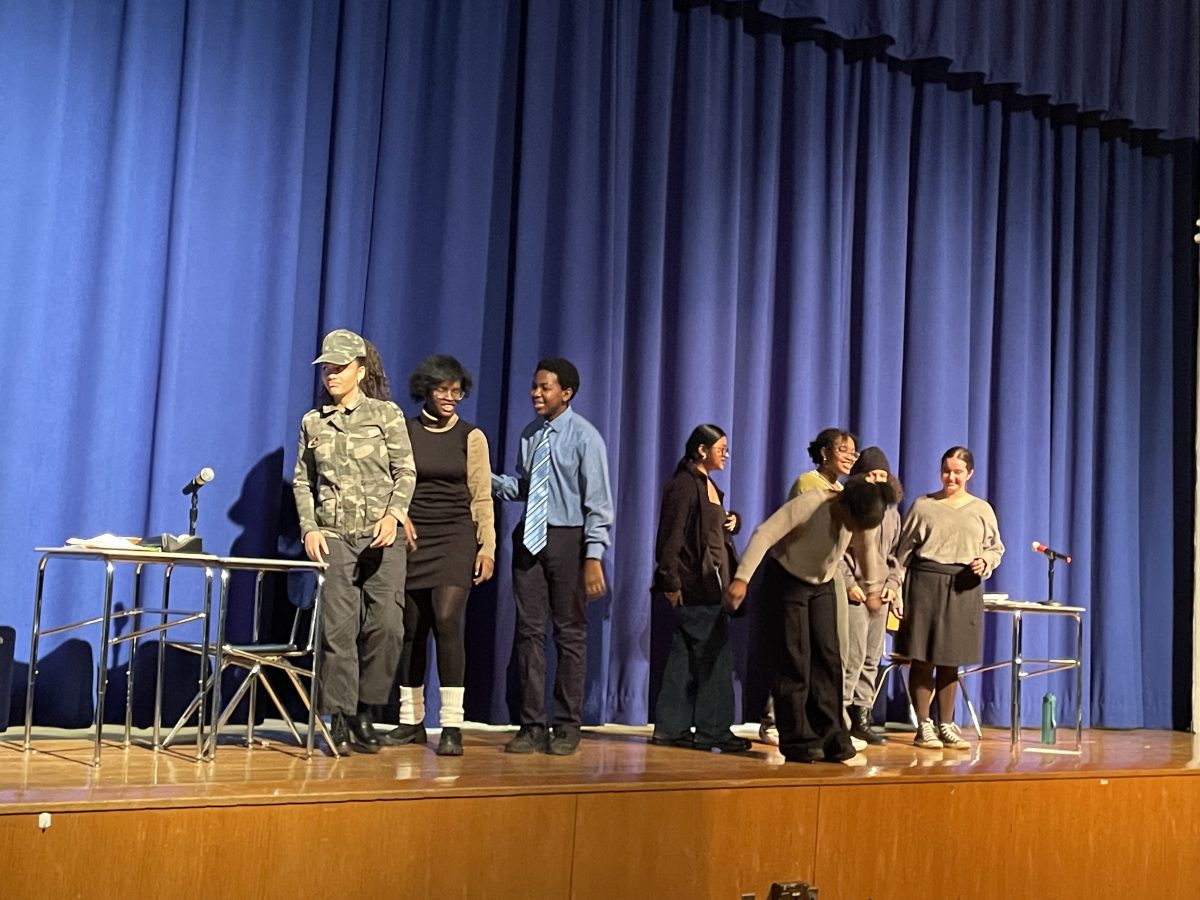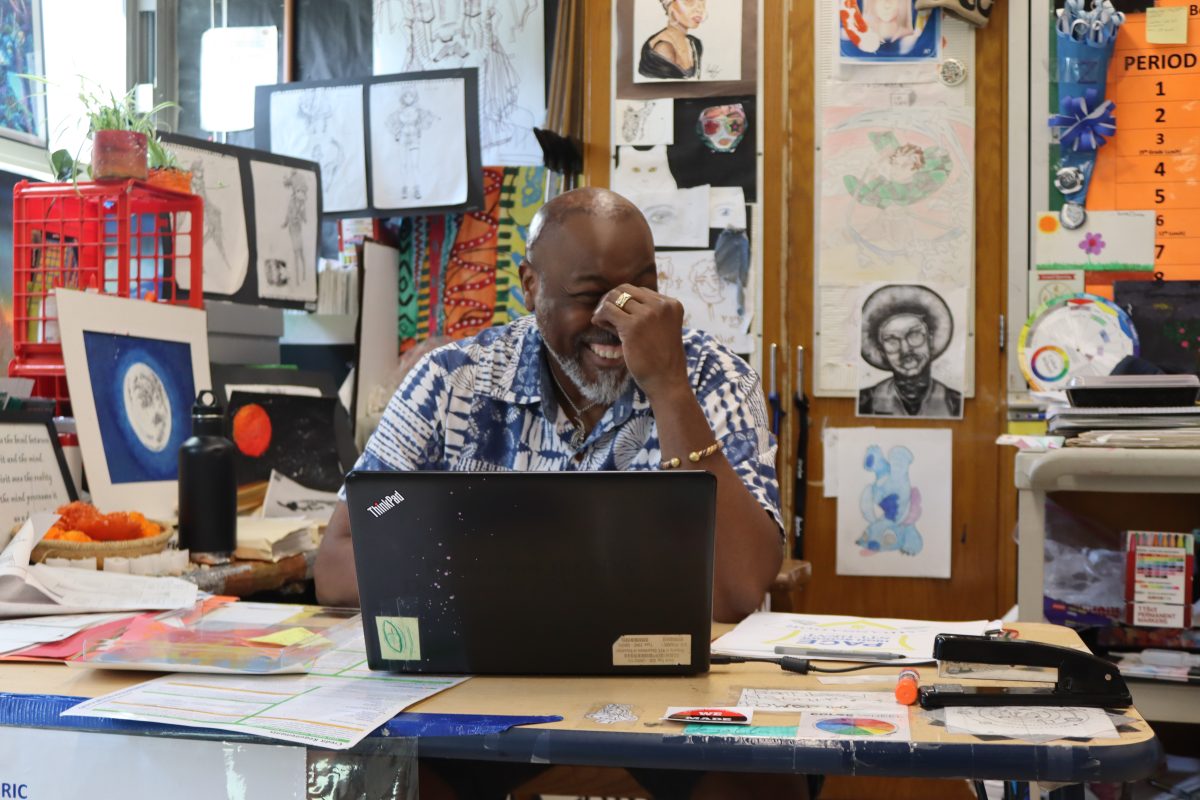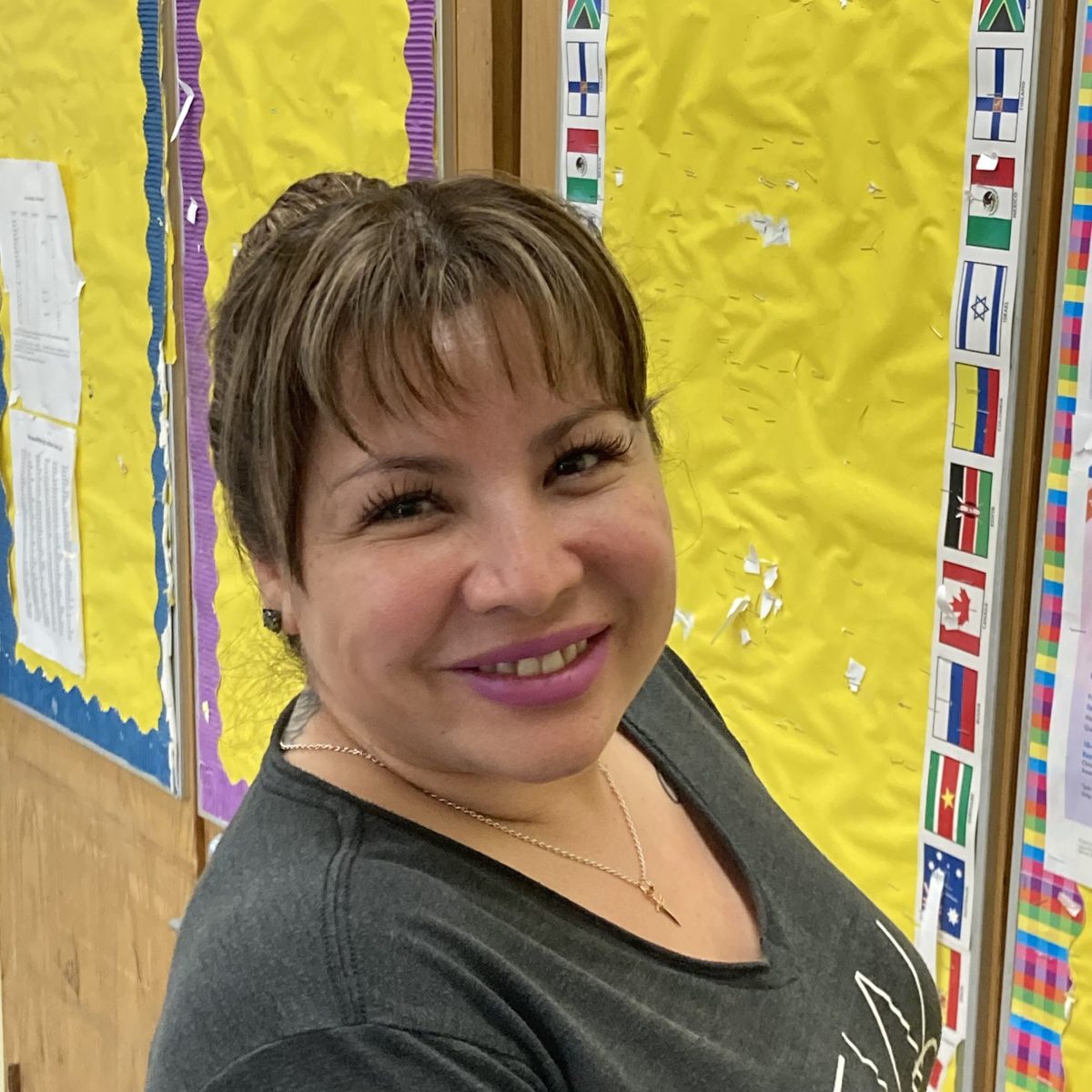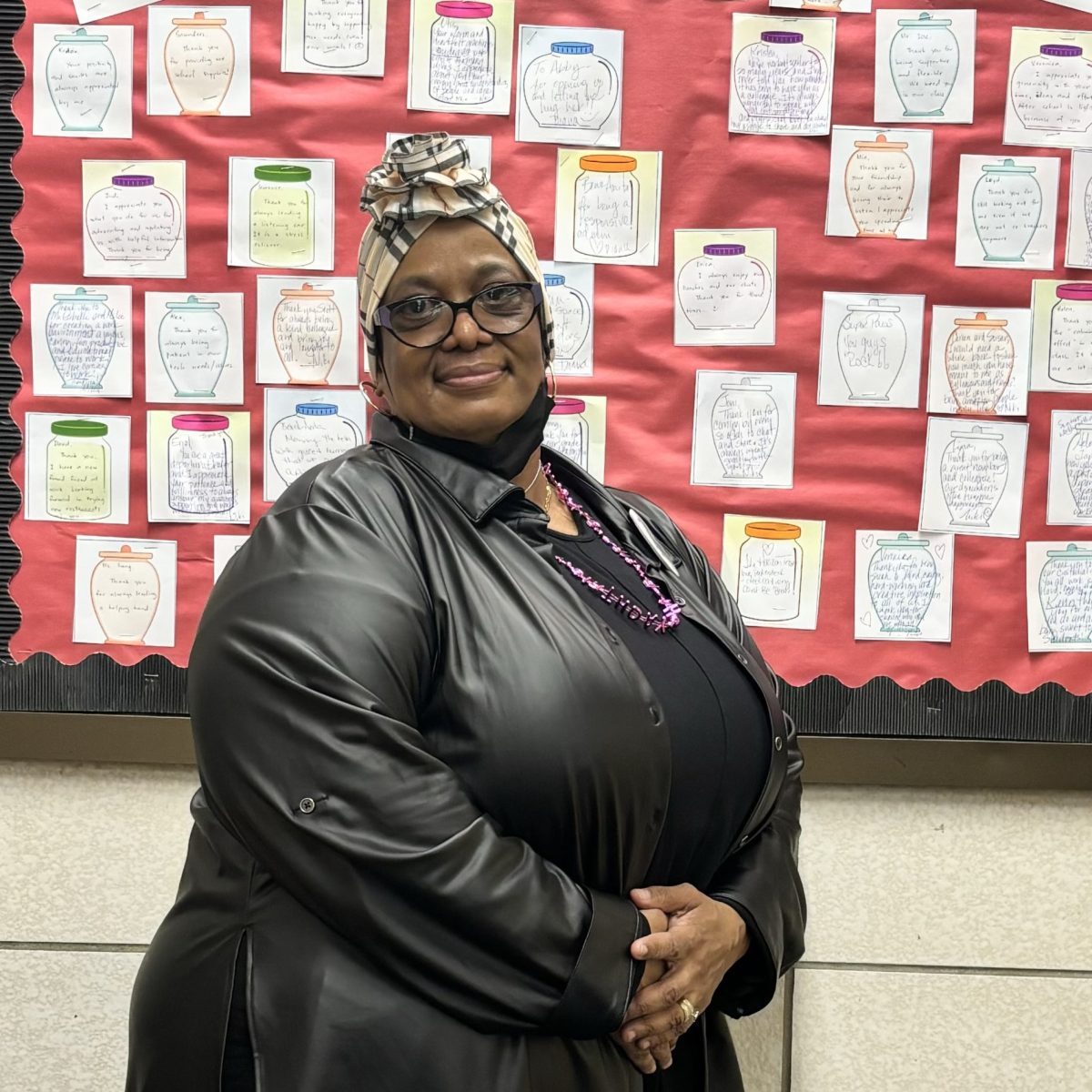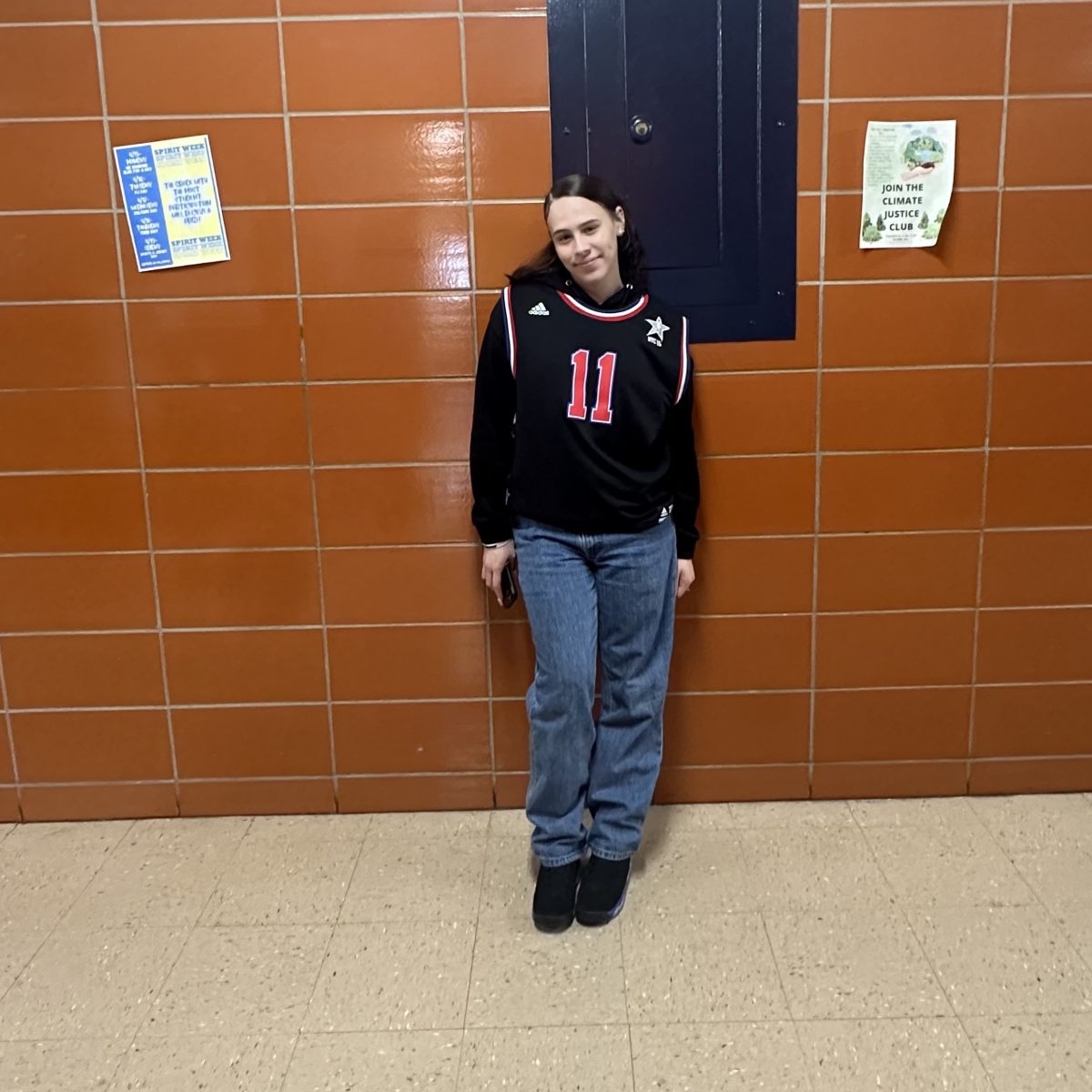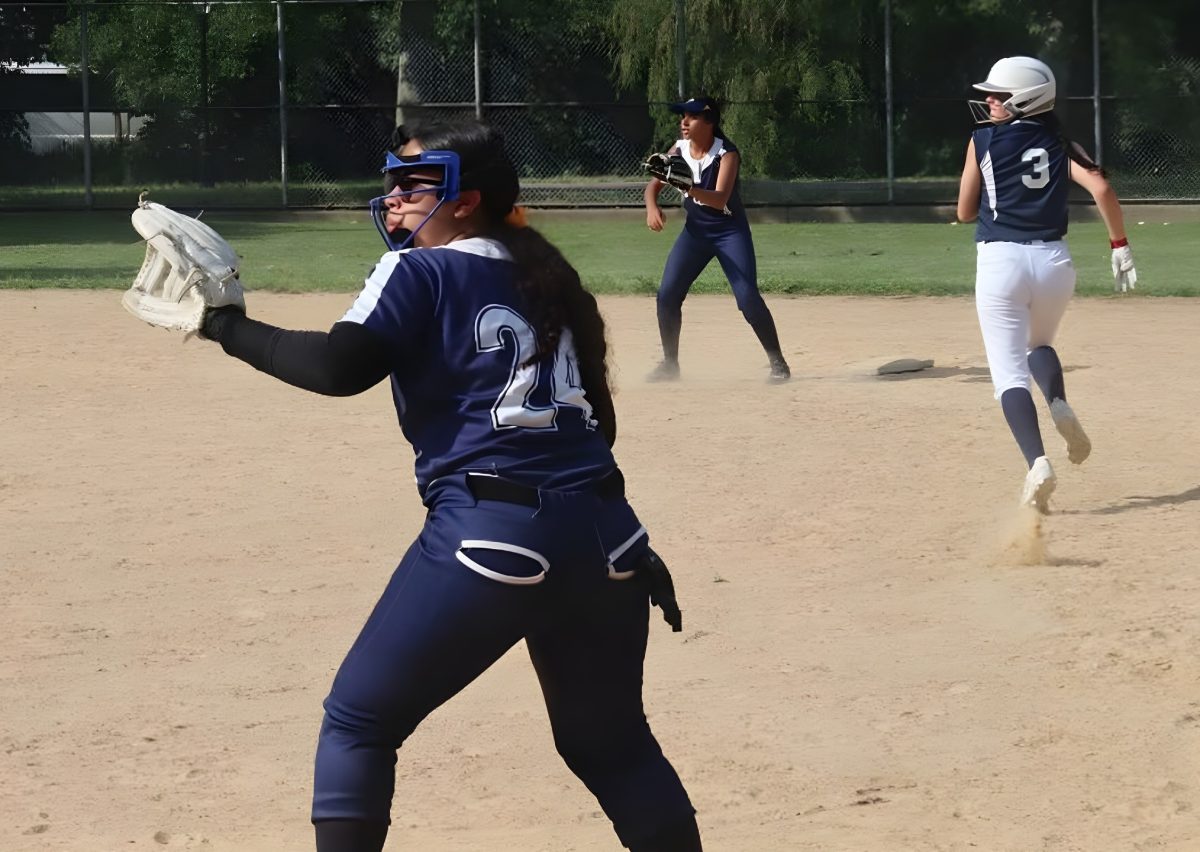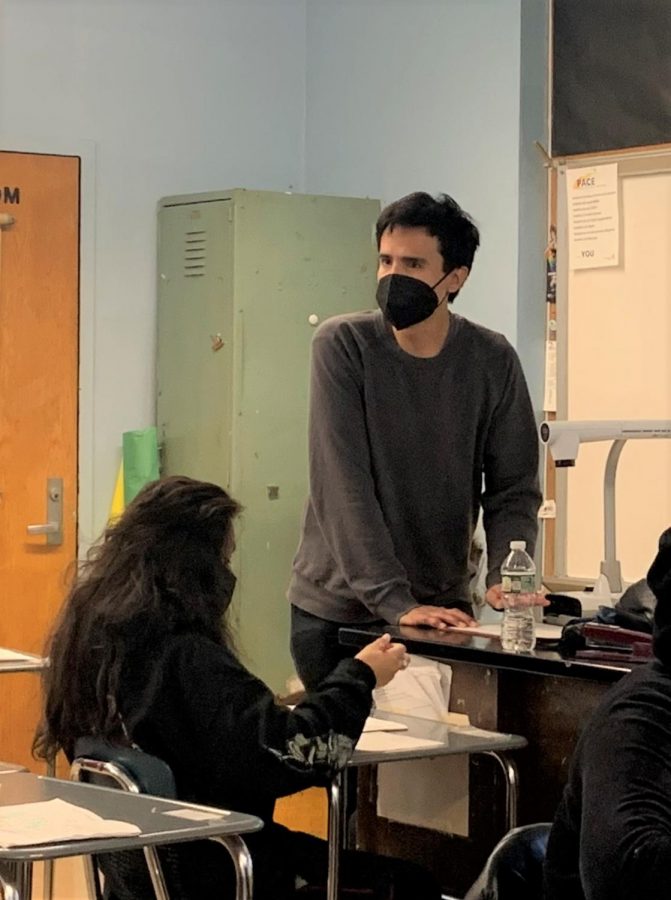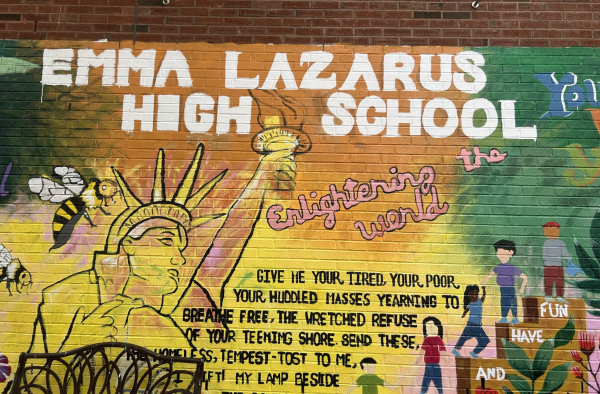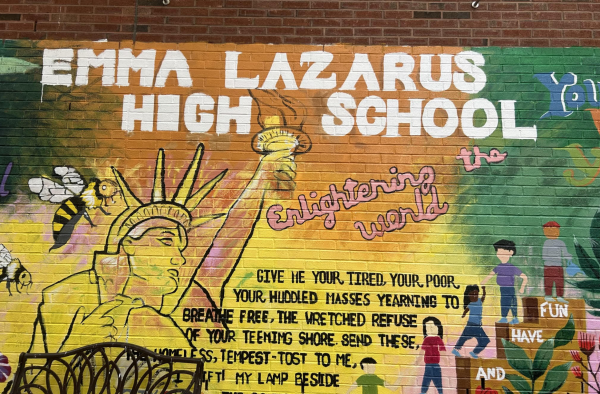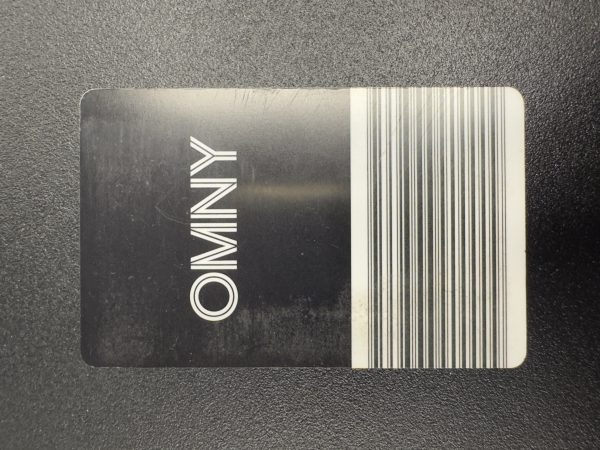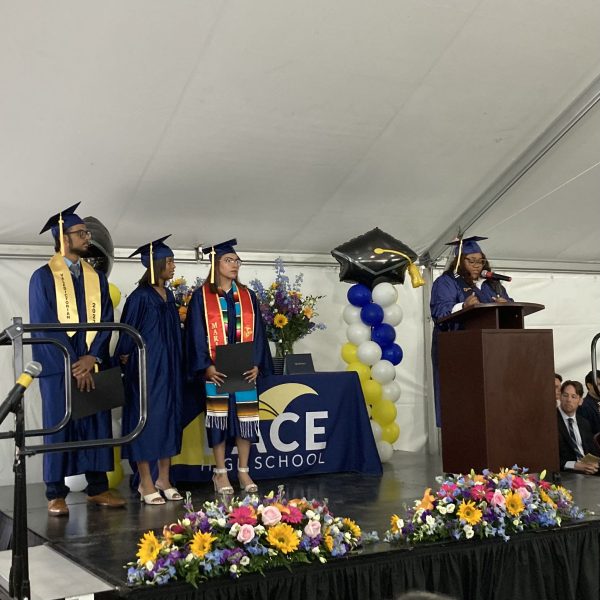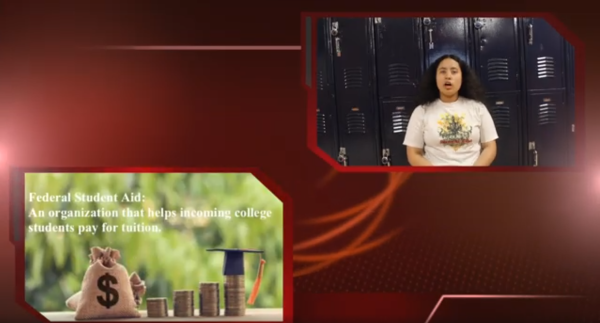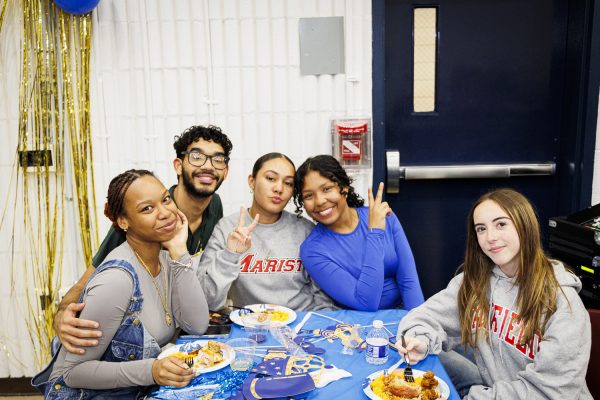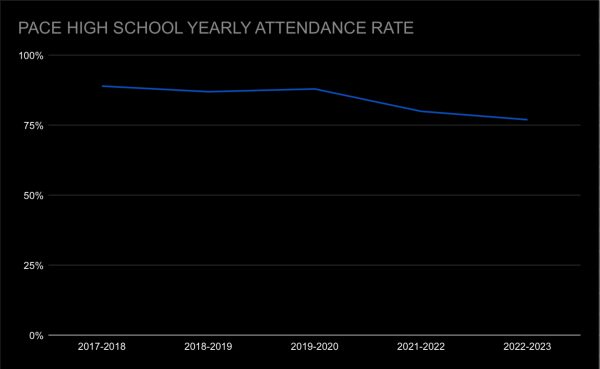Credit Deficient Students Bouncing Back
photo Jamir Gedi
Chemistry teacher Mr. Macias also teaches during the Saturday credit recovery program.
After finally coming back in person, students at Pace have shown a couple of concerns. Most of them are regarding mental health support making up missing course credits, as well as vaccination requirements. In this article you’ll get to see the benefits of programs to get students to earn credits and slight drawbacks from one of the teachers here at Pace, Mr. Macias, the chemistry teacher and sponsor of the Video Game Club.
Macias says on average four students show up each Saturday for school to regain their credits. One of the students wasn’t on his roster last year. However he says that it’s much easier to communicate with these students with classes this small and address their concerns or issues with the material. These smaller class sizes contributed to rebuilding a more social connection than remote learning did, according to Macias.
In contrasting the difficulties between remote learning and in-person learning he’s noticed challenges for both himself and the students. It’s more difficult for him to individually check in with the students.
Additionally, he’s noticed that most of the freshmen in particular he’s been working with have issues with trying to stay on task in class and multi-tasking by using their phones for social media or texting instead of focusing on the lesson.
He did say that there was a noticeable change in the amount of students that passed in remote learning than in person. According to a Pace document, 67 of the seniors and juniors did not earn all of their required class credits last spring semester.
Macias claimed there was a major issue in trying to assist students who couldn’t perform well last year. Technology issues,, the lack of communication from the DOE, and a bunch of other factors really crippled his connections and attempts to help. In remote, he noticed there was a huge social disconnect. There was an unwritten rule of not having your camera on.
He acknowledges that remote instruction really only let him see one aspect of the students which was their work habits instead of their behavioral or social traits. In remote instruction, he was able to work effectively with students, even more individually. The changes from remote to live instruction became exhausting for him and made him feel like he was closer with the students in remote than in-person.


